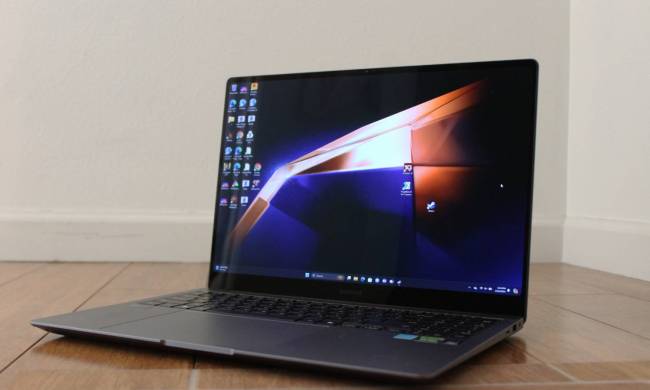Apple’s chip manufacturer is “straining to meet demand” for the chips that will power future Macs, according to a report from EE Times. If these difficulties continue, it could have worrying implications for Apple with just months to go before the 3-nanometer M3 chip is set to debut.
TSMC is currently manufacturing Apple’s 3nm chips (which TSMC calls N3), and the EE Times report notes that TSMC’s “tool and yield struggles have impeded the ramp to volume production.” Aside from Samsung, TSMC is the only company that has the ability to make these chips, so any kind of delay could be of grave concern for Apple execs.

It could also have a knock-on effect for Mac fans. If TSMC cannot produce the number of chips Apple requires for its future Macs, Apple might have to delay the roll-out of the next line of iMacs and MacBooks, all of which are expected to launch with the 3nm M3 chip in late 2023 or early 2024.
As well as the M3, Apple’s iPhone 15 chip (the A17 Bionic) is expected to be made using a 3nm process. The next iPhones are due to launch in September 2023, so Apple will be hoping TSMC can turn things around in time for its most important product to be unveiled.
The EE Times report follows a statement from TSMC CEO C.C. Wei, who last week explained that although the company was the first in the industry to achieve “high-volume production with good yield” for 3nm chips, its customers’ demands “exceed our ability to supply.”
A temporary blip?

However, not every analyst EE Times spoke to is feeling so glum. According to Arete Research analyst Brett Simpson, “At present, we believe N3 yields at TSMC for A17 and M3 processors are at around 55%.” While that might not sound too encouraging, Simpson explains that it’s a “healthy level at this stage in N3 development.” Simpson also expects TSMC to boost its chip yields “by around 5+ points each quarter.”
It seems that TSMC believes its current 3nm struggles will be a temporary blip since it is already planning to move to a 2nm process in 2025. Wei stated that TSMC is “observing a high level of customer interest and engagement” for its 2nm process, and Apple will undoubtedly be near the front of the queue.
That’s because Apple is known to be one of TSMC’s primary customers, and the Cupertino giant has reportedly bought TSMC’s entire supply of 3nm chips. That means it’s even more important for Apple fans that the manufacturer’s current difficulties do not end up delaying Apple’s next batch of Macs. We’ve got our fingers crossed.



